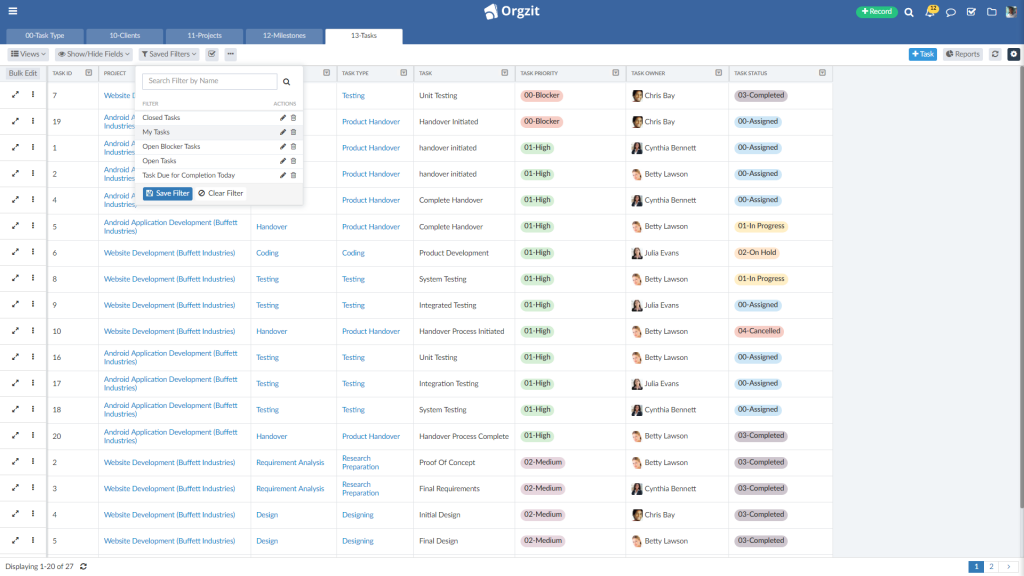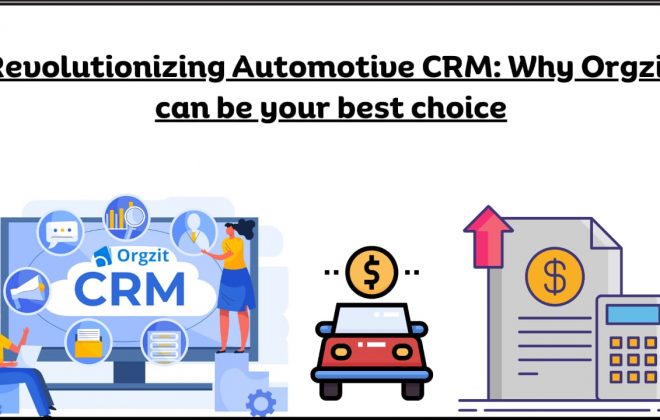Challenges of Cross Functional Collaboration and Practical Solutions
With the huge range of technologies that we are using today, cross-functional collaboration should become the easiest to introduce to people. With this the meetings, sharing documents and managing everyday task becomes an instant approach. But is it always enough while introducing the team to something new?
Collaboration plays a key role while coordinating work between different teams of an organization. But when the clarity is lost, it becomes hard facilitating the goal of bringing the whole organization on common grounds. Below are some barriers to collaboration across teams as well as departments along with the solution to each.
1. The team involved have conflicting goals:
This is one of the major constraints to cross-functional collaboration and can be a source of tremendous challenge or conflict. While you and your team believe that a particular project may generate tremendous revenue, increase customer base, fix a technical glitch, or in any way positively impact the organization, another team may be less enthused.
This put you and the other team at loggerhead as you lack an alignment of goals. Or worse, you both don’t know the ultimate goal of the team or company. When there is a lack of clarity of purpose, it becomes easy to hit brick walls when you try to collaborate.
Solution
The solution to such lock jam is to encourage the top Management or senior leaders to share the company’s goals publicly with everyone. This way, everyone within the organization knows what the company goals are. Orgzit is one of the most effective tools for cross-functional collaboration. It can be used to list the company’s goals and objectives. This can then be shared with everyone in the entire company so they can have a better understanding of the bigger picture.


2. You don’t understand coworkers roles, responsibilities or jargon:
This is yet another popular way through which opportunities for cross-functional collaboration is missed. This is mostly due to the fact that we don’t fully understand each worker’s roles and responsibilities and also because we sometimes use nomenclature and jargons that are not easily understandable by a wider audience.
Solution
Awareness is the first step towards breaking down this barrier and getting a solution. It is important for each worker to know who does what. Whenever there is the opportunity, try to know more about your co-workers and their working style, including what they may be working on. For larger organizations, company-wide show and tells where people can showcase what they are working on or have built are important.
Orgzit can help to assign areas of responsibilities to each employee and help to keep a list of all areas of responsibilities and their owners.
3. You are not aware of other team’s projects:
One of the most popular way collaborations begin is through gossips from coworkers. What is most unfortunate is that for every time we stumble upon a collaboration opportunity like this, countless more would have slipped past without our knowledge. This is simply because we are not actively aware of what other teams are working on.
Solution
Not knowing what other team or departments are involved in is one of the biggest constraints to effective cross-functional collaboration. To solve this, it is important you share a summary of your team’s upcoming project with the entire company or make it available on a platform where others can easily access this information.
Although sharing information is important, care must be taken that it does not sound like noise. Keep your sharing brief and hit on the most important points, no one wants to know about every bug fix, tweet or customer case support. Orgzit is a reliable tool that can help to achieve this. You can use its Status Update feature to give followers an update on the progress of work.


4. Taking on another project seems too time-consuming:
This is yet another very common challenge of collaboration. The world has become much busier than ever and time has become a very scarce resource. It is very common for a team member to be interested in collaborating with you on a project. But mostly they can’t really get on it at the moment so they tell you ‘next month’ or ‘next quarter’. If this postponement continues, your project may get pushed back indefinitely. Eventually, all hopes may end up getting lost.
The key reason for this is that getting involved in a new project often feels time-consuming and daunting.
Solution
Since getting involved in a new project may seem daunting, the solution will be to present a clear proposal, timeline, and estimated time commitment. Before you take the step of asking a coworker to help out on a project ensure you have the above information on hand, including the worker’s role and how much time he/she would need to invest. With a clearer understanding of exactly what you need them to do and the time they would invest, the barrier to pitching becomes smaller.
Orgzit can help in this regard by allowing workers to create projects, due dates, and description. You can then assign these tasks to individual teammates. This tool will help them have a better understanding of what is needed to be done.
5. There’s a reluctance to adopt new ways of working:
Change, although unstoppable, is one of the toughest things to do for most people. In the workplace, it is not uncommon for most people to be reluctant towards adopting a new method or way of working. They employ the if-it’s-not-broken-why-fix-it mentality.
Cross-functional collaboration often relates to changing our work habits as new tools or methods may be necessary to bring onboard. Alternatively, sticking to old habits means ignoring better opportunities be more efficient at work. It can be time-saving and can help get ahead of the pack.
Solution
People are often reluctant to adopt new ways of doing things. With such an understanding, it is important that when you are introduced to something new it allows people to ease along. Do not push a major process overhaul, you can start with a simple project like an agenda. It should be something many people in the department would be involved in.
Final Note
Cross-functional collaboration is an important aspect of unlocking best works, with all the necessary insights needed uncovering. But, such collaboration doesn’t come challenge free. It takes a lot of work to decide whether such barriers are trapping your silos. Let’s work together towards breaking them.








